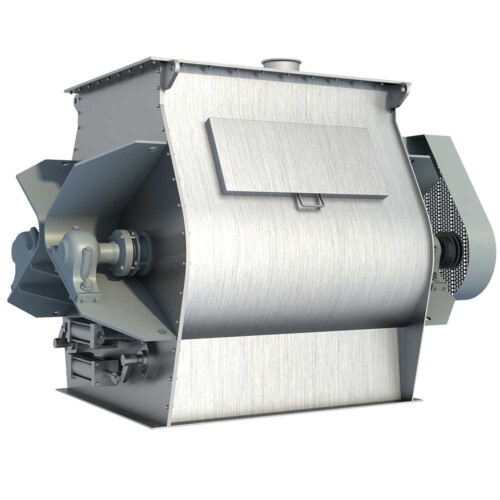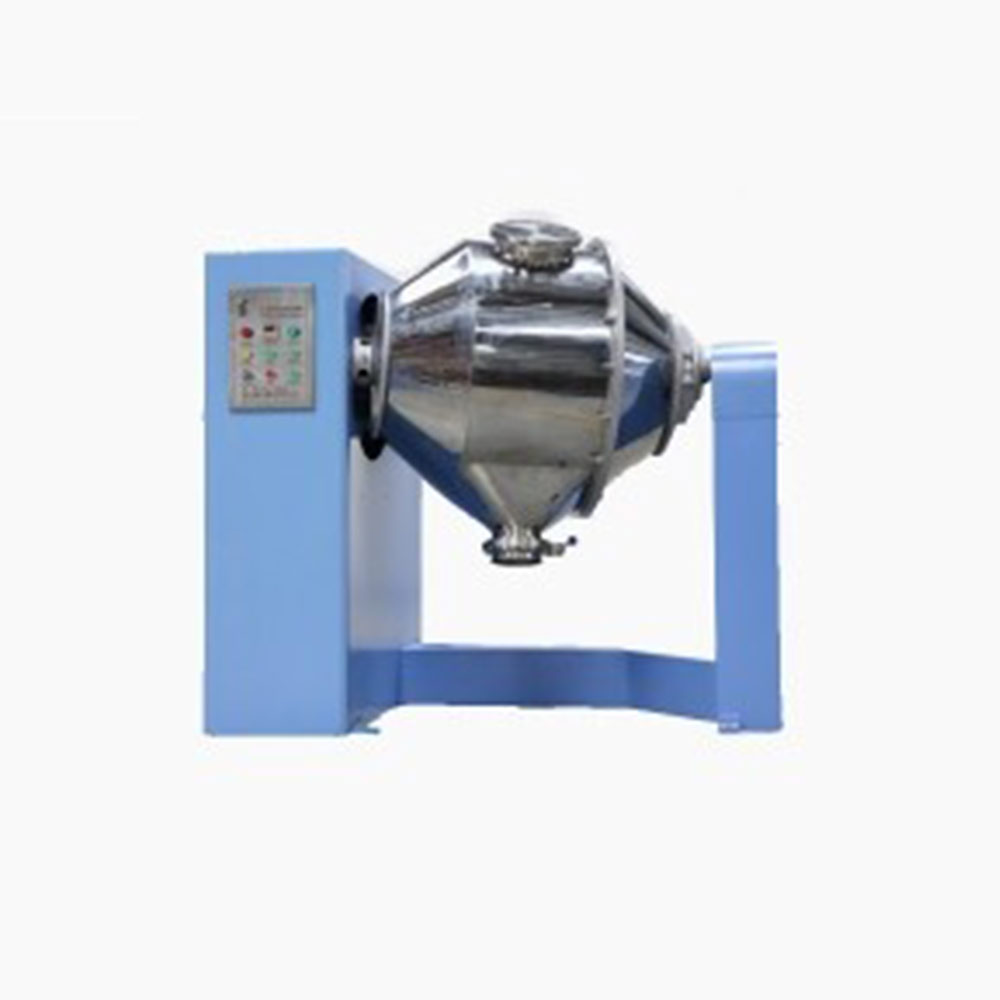Ask An Expert
Frequently Asked Questions
Yes, We can supply simple stand alone panels or automated PLC controlled systems. We normally install and test all controls on our mixers before they are shipped.
Yes, we normally test the mixers before they are shipped and mark out the wire need to connect on the control box.
We manufacture specialty mixing equipment for powder & bulk materials. Included are ribbon blender, plough mixer, conical screw mixer, twin shaft paddle mixer, V blender, double cone blender and other auxiliary equipment such as screw conveyor, quantitive auger filler.
We sell across the world, our cusotmers distribute 5 continents.
Share Us With Your Network
Using Ribbon Blender for Food Powder Processing
INTRODUCTION
The food processing industry is one of the largest manufacturing industries in the world. Undoubtedly, it possesses a global strategic importance and, as such, has a critical need for growth based on future research determined by an integrated interdisciplinary approach to problems in food process engineering. Due to relevant recent developments in instrumentation and measuring techniques, a biophysical understanding of foods is advancing rapidly. Detailed study on physical properties of foods has revealed their important impact on food processes. Among these properties, those related to bulk particulate systems, such as particle size distribution and particle shape, are directly involved in an important number of unit operations (e.g. Size reduction, mixing, agglomeration, dehydration and filtration). The optimum operation for many food processes relies heavily on a good knowledge of the behavior of particles and particle assemblies, either in dry form or as suspensions.
The ribbon blender is well-proven equipment popularly used in the food and beverage industries. A ribbon blender consists of a U shaped horizontal trough and an agitator made up of inner and outer helical ribbons that are pitched to move material axially in opposite directions, as well as radially. The ribbons rotate up to tip speeds of approximately 300 ft/min. This blender design is very efficient and cost effective for mixing dry applications such as cake and muffin mixes, flour, bread improvers, cereals, trail mixes, snack bars, spices & herbs, tea (leaves or iced tea powders), coffee (whole or ground beans), and other beverage blends including whey protein shakes, chocolate drinks, powdered juices, energy drinks, etc. When dry blending food products, relatively small amounts of liquid may be added to the solids in order to coat or absorb coloring, flavoring, oils or other additive solutions. Liquid ingredients can be added through a charge port on the cover but for critical applications, liquid addition is best accomplished through the use of spray nozzles installed in a spray bar located just above the ribbon agitator. Liquid flowrate, as well as blender speed, are fine-tuned during liquid addition to avoid flooding or formation of wet clumps of powder. Although dry blending is its more popular function, the ribbon blender is also used in the preparation of flowable slurries or pastes, say in food extrusion operations. Food extrusion is a processing technology employed for a wide variety of end products, from pasta to ready-to-eat cereals, from snack chips to pet food. The function of the ribbon blender in the extrusion process is to homogeneously mix two or more grains, flours, oil, sugar, emulsifiers, extrusion aides and other powders. Once the constituents are blended, water is usually added to the batch in order to raise the existing moisture content to the proper level for extrusion. For blends that require a gentler mixing action, the Paddle Blender, Vertical Blender or Tumble Blender are considered by food manufacturers. A horizontal paddle blender also utilizes a U-shaped trough. The agitator consists of several paddles and has less surface area at the periphery than a ribbon, thus providing lower shear and less heat development. In comparison, the blending action of a vertical blender’s slow turning auger is far gentler than that of any horizontal blender. The auger screw orbits a conical vessel wall while it turns and gently lifts material upward. As materials reach the upper most level of the batch, they cascade slowly back down in regions opposite the moving auger screw.
The tumble blender is a rotating device that commonly comes in double-cone or V-shaped configurations. Asymmetric vessels designed to reduce blend times and improve uniformity are also available. Generally, tumble blenders operate at a speed of 5 to 25 revolutions per minute. Materials cascade and intermix as the vessel rotates. Mixing is very low-impact.
Ask An Expert


















